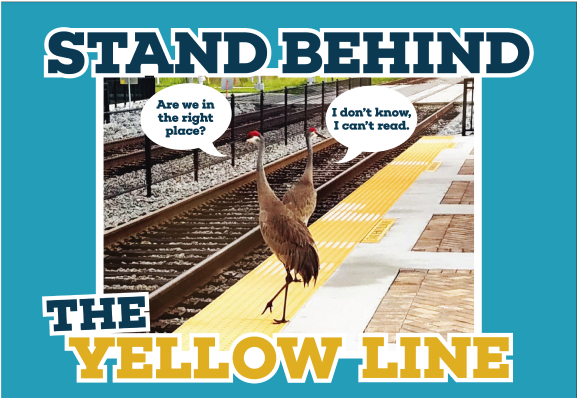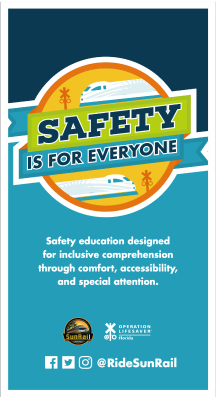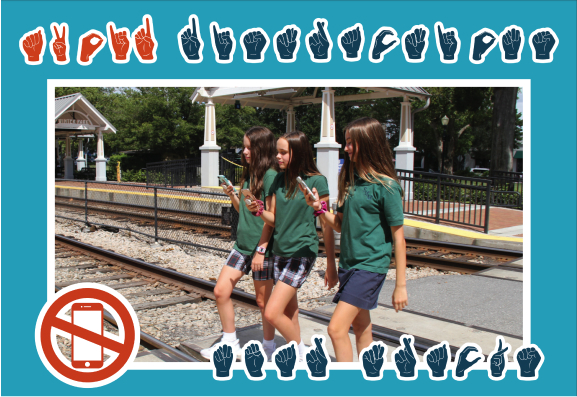Rail Safety
Safety is a top priority for SunRail. We want everyone to be smart and safe – whether you live and work near railroad tracks, or drive over them during your daily travels.
Safety Contact
Mr. Michael Carman
michael.carman@dot.state.fl.us
Phone 1-321-257-7163
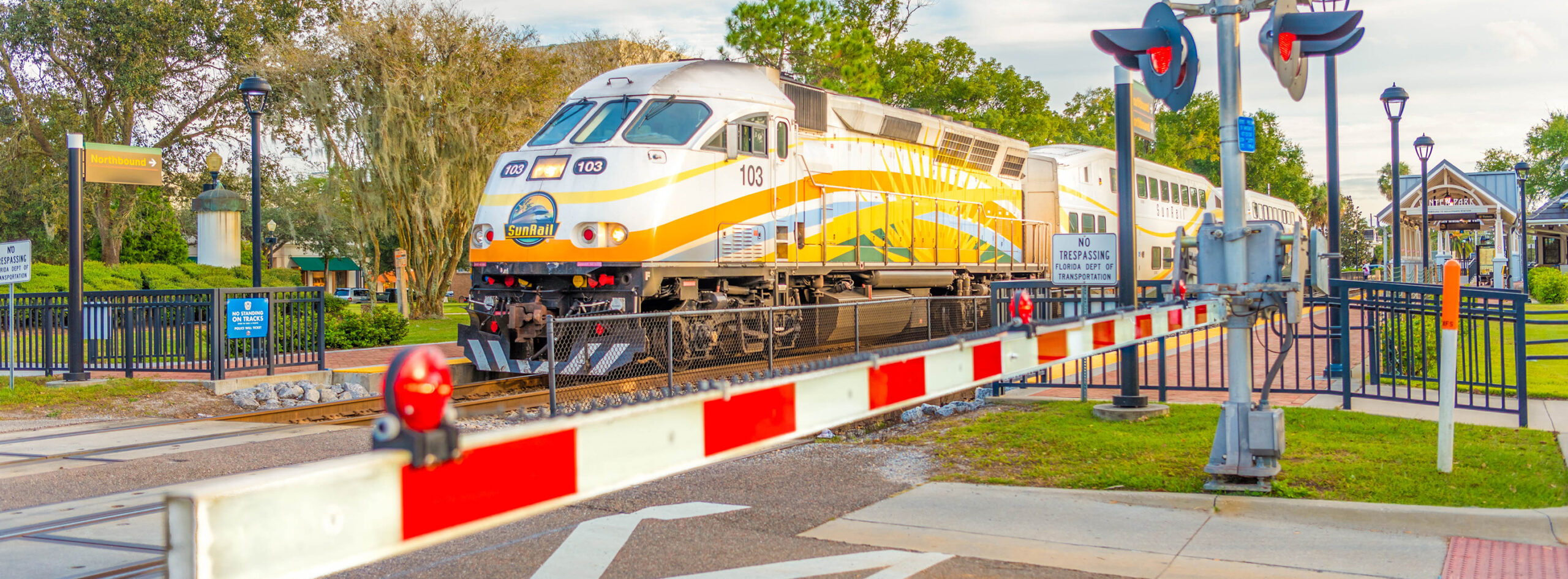
Be Smart. Be Safe.
SunRail prioritizes safety for everyone, urging caution for pedestrians, cyclists, and drivers. With shorter, faster, and quieter trains than most, always exercise caution, stay behind the white line and clear of the tracks, as trains can approach from either direction any anytime.
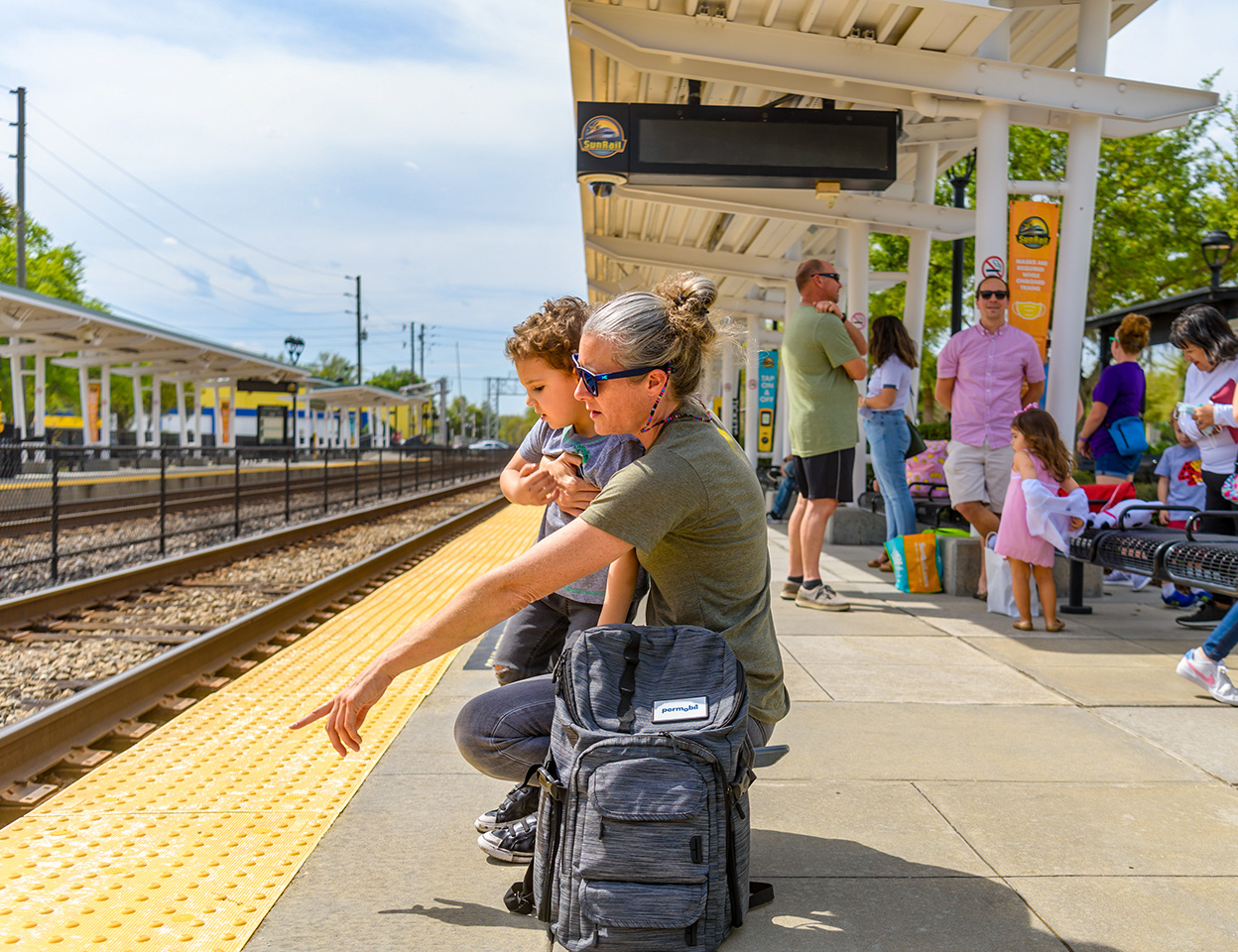
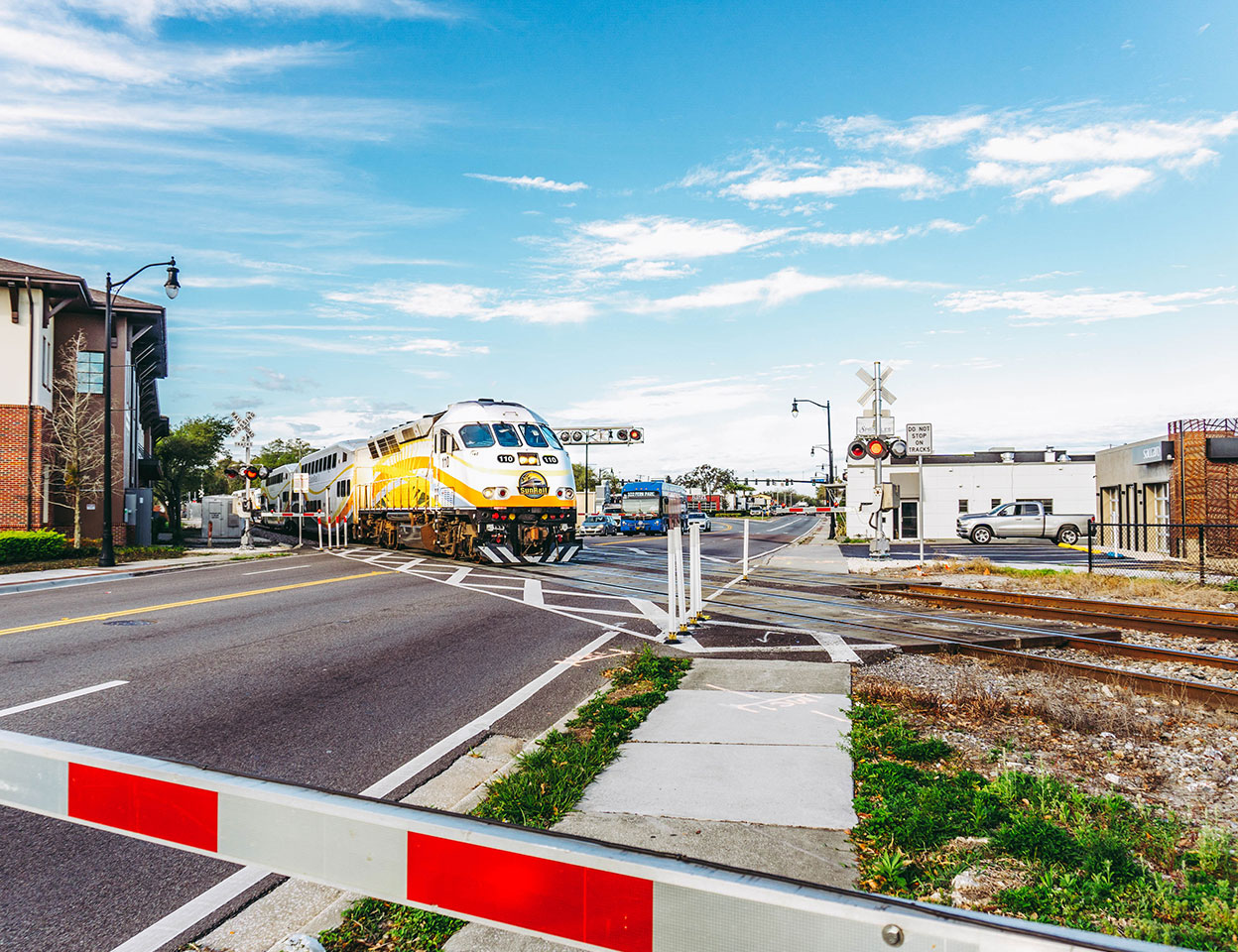
Navigating the Rails
SunRail utilizes existing train tracks, and we are not the only train you will find along Central Florida railways. During high commute periods, there are more trains on tracks traveling with greater frequency. SunRail trains are quieter than typical freight and Amtrak trains. By practicing reasonable driving, cycling, and pedestrian habits, you can ensure your safety – and that of others – around the rail.
Around the Tracks
Exercise caution at railroad crossings to prioritize safety. Stay alert, ensuring your vehicle is clear of the intersection, behind the white stop bar, especially when warning signals activate and gates lower at crossings.
Always Be Aware
Certain stations use pedestrian gates to halt foot traffic as trains approach or are present at the station. Train tracks are not for play, photos, walks, or recreation—they are private property. Crossing at unmarked areas, or walking on the tracks, is dangerous and a criminal offense.
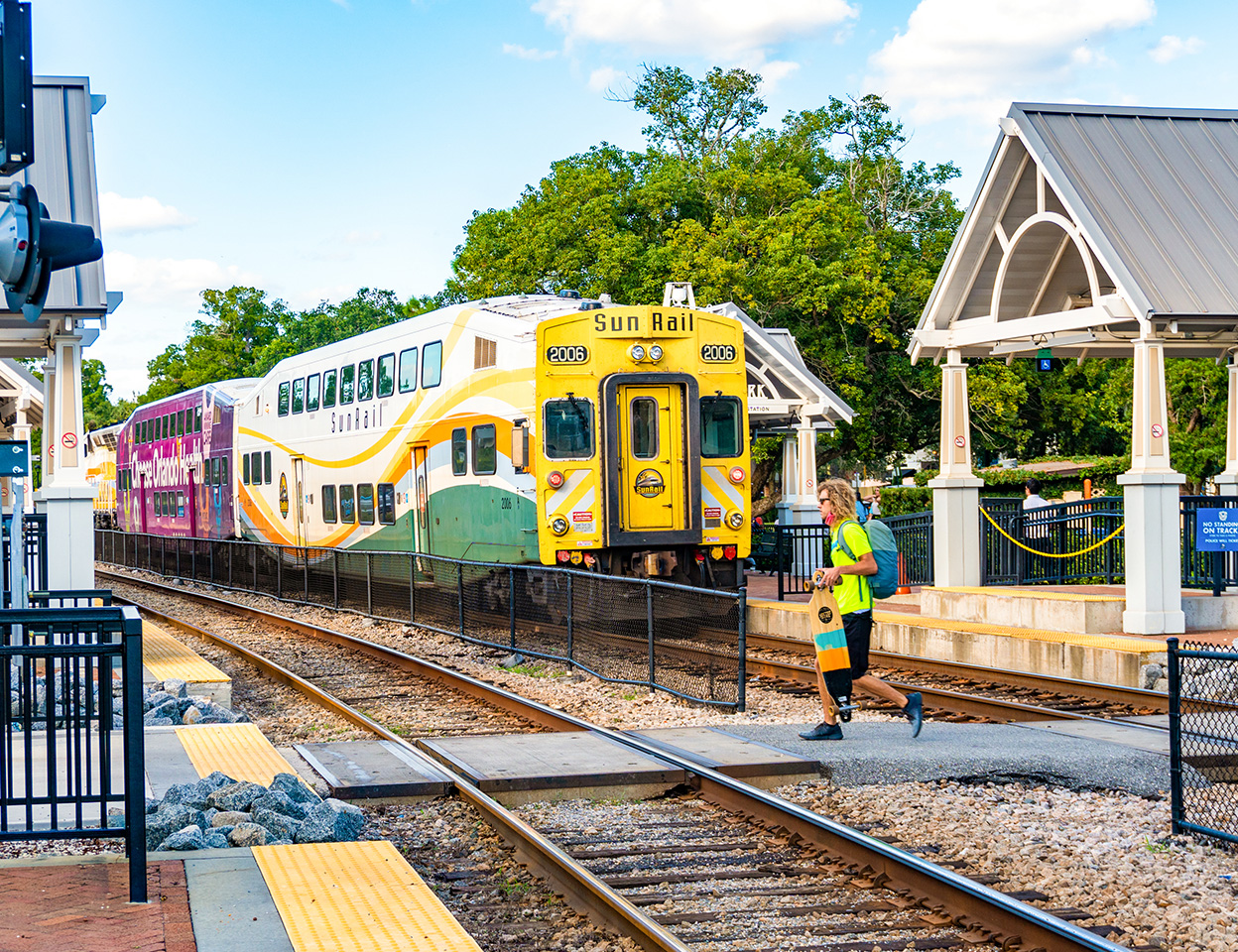
Quiet Zones
Quiet Zones are areas in which trains do not blow their horn during standard operation and may be equipped with supplemental safety measures funded by your local government and communities.
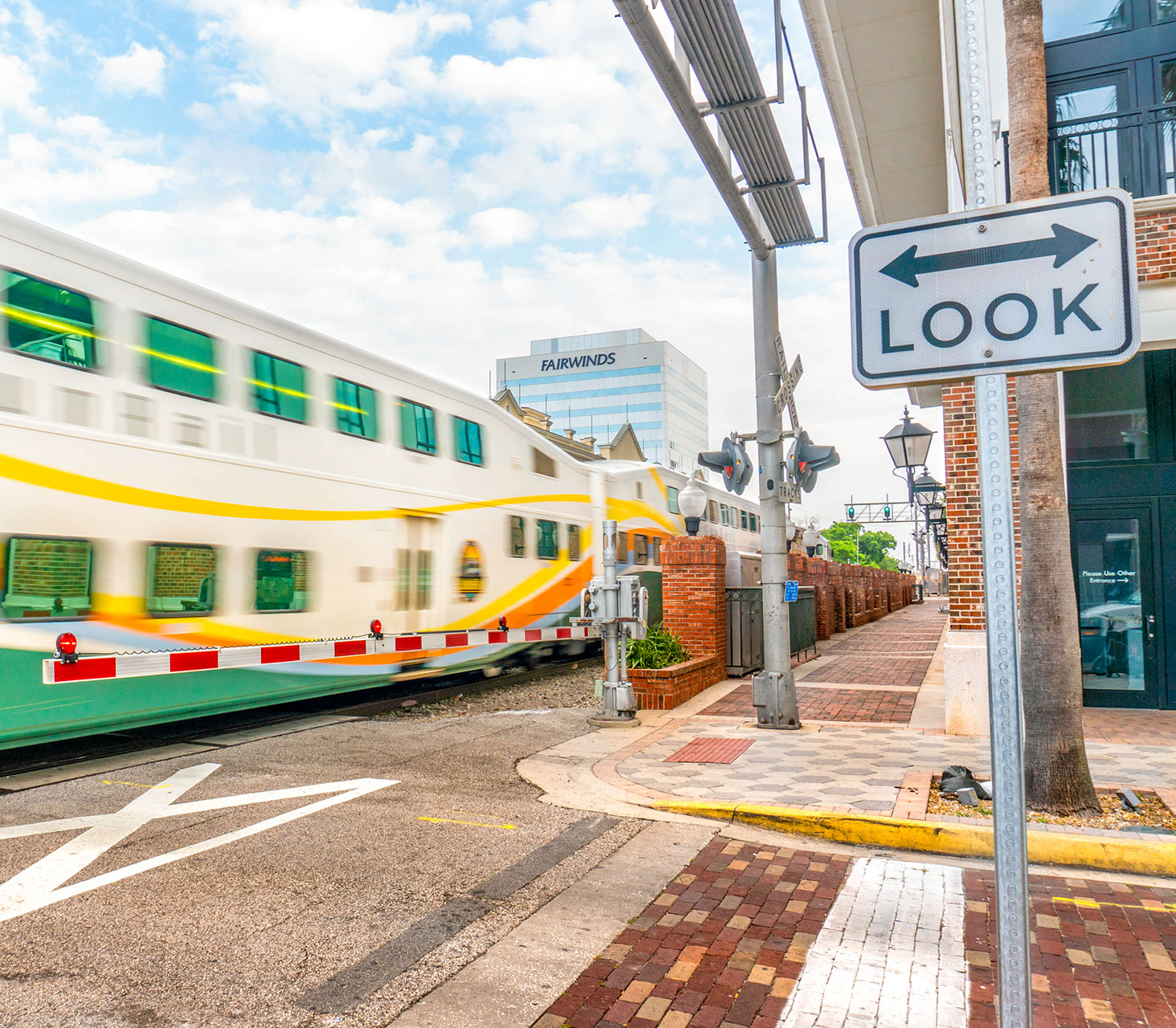
FRA Train Horn Rule
The Federal Railroad Administration (FRA) Train Horn Rule (49 CFR 222) requires the engineer to sound the horn under various circumstances including when a train is approaching and passing through a public highway-rail grade crossing. According to FRA rules, train horns MUST BE:
- Within 96 and 110 decibels, a sound level equivalent to that of a lawn mower.
- Sounded at least 15 seconds but no more than 20 seconds before reaching a crossing.
- Sounded no more than a quarter of a mile from a crossing if the train is traveling faster than 60 MPH .
- Sounded approaching persons on or near the track.
- Sounded in a standardized pattern of two long, one short and one long blasts. The pattern must be repeated or prolonged until the lead locomotive or lead cab car occupies the grade crossing.
Supplement Safety Features
Quiet Zone crossings include extra safety measures. Look for a “No Train Horn” sign to identify an active Quiet Zone, although train engineers can still sound the horn when necessary.
White Stop Bars
The white stop bar indicates where your vehicle should stop if you cannot cross the tracks, due to traffic congestion or signals, such as gate activation or flashing lights.
Four-Quadrant Gates
To enhance awareness, Quiet Zone intersections may be equipped with four-quadrant gates. The gates operate in coordination with each other, allowing those who have already started crossing to finish safely. If the gate behind your vehicle closes, always continue forward. Do not stop on tracks.
Train Detection Systems
All Quiet Zone intersections are equipped with detection systems that activate the warning devices upon a train’s approach.
Power-Out Indicators
This system is designed to activate signals should any component lose power, ensuring safe operation.
Signage
“No Train Horn” signs are located at every intersection within a Quiet Zone. Trains may still blow their horn for safety purposes under certain conditions, but typically will not sound the horn during routine crossing.
Flashing Lights
Lights will flash upon a train’s approach. Wait until the lights on this warning device stop flashing and traffic clears even after the gates start to rise before crossing the railroad tracks.
Trains
Trains approaching and crossing an intersection within a Quiet Zone will not sound their horn, unless deemed appropriate by the train’s engineer for safety purposes.
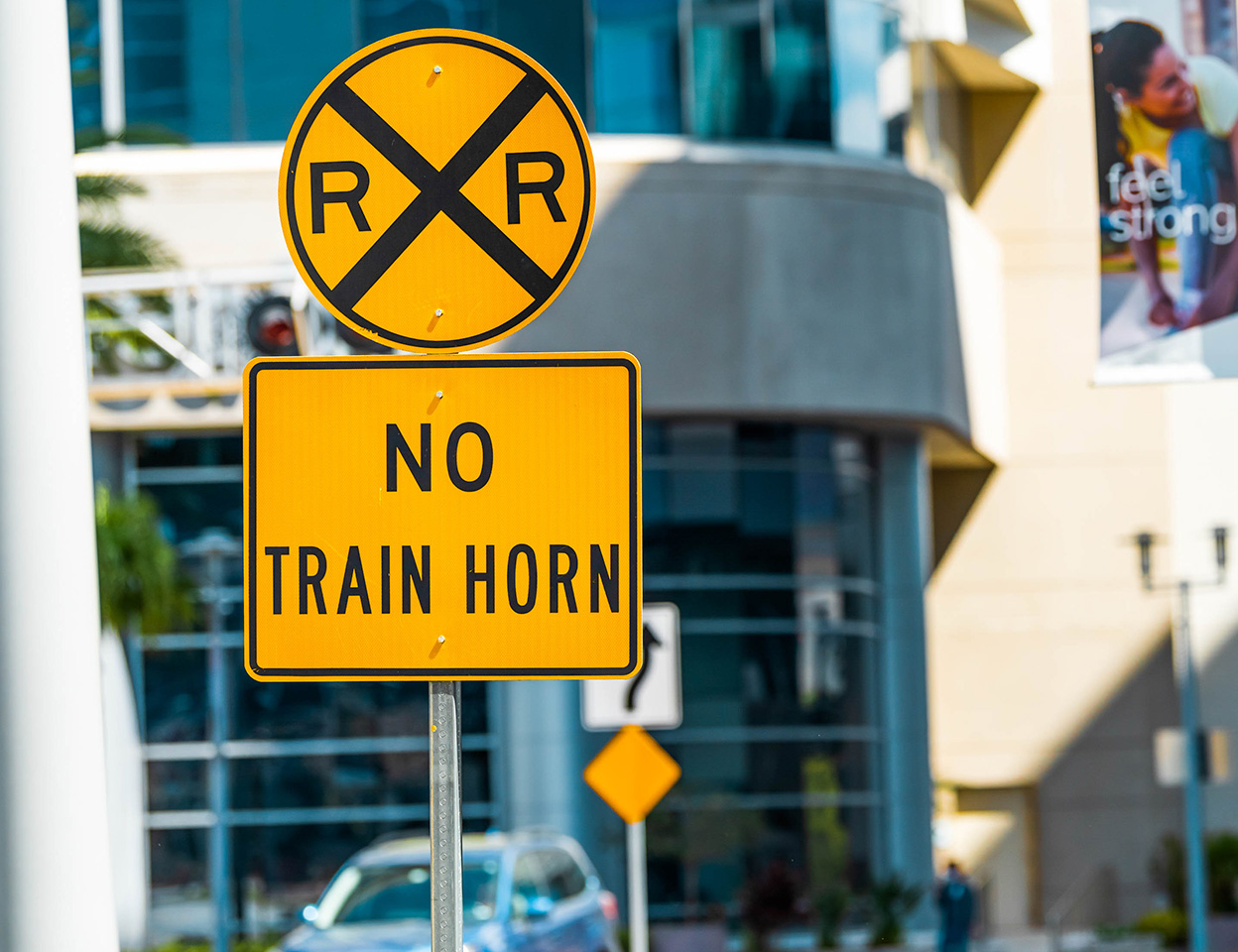
Safety Watch
As a member of the community, we invite you to be part of SunRail Safety Watch. With your eyes and ears, we can keep our local community safer around trains and train tracks.
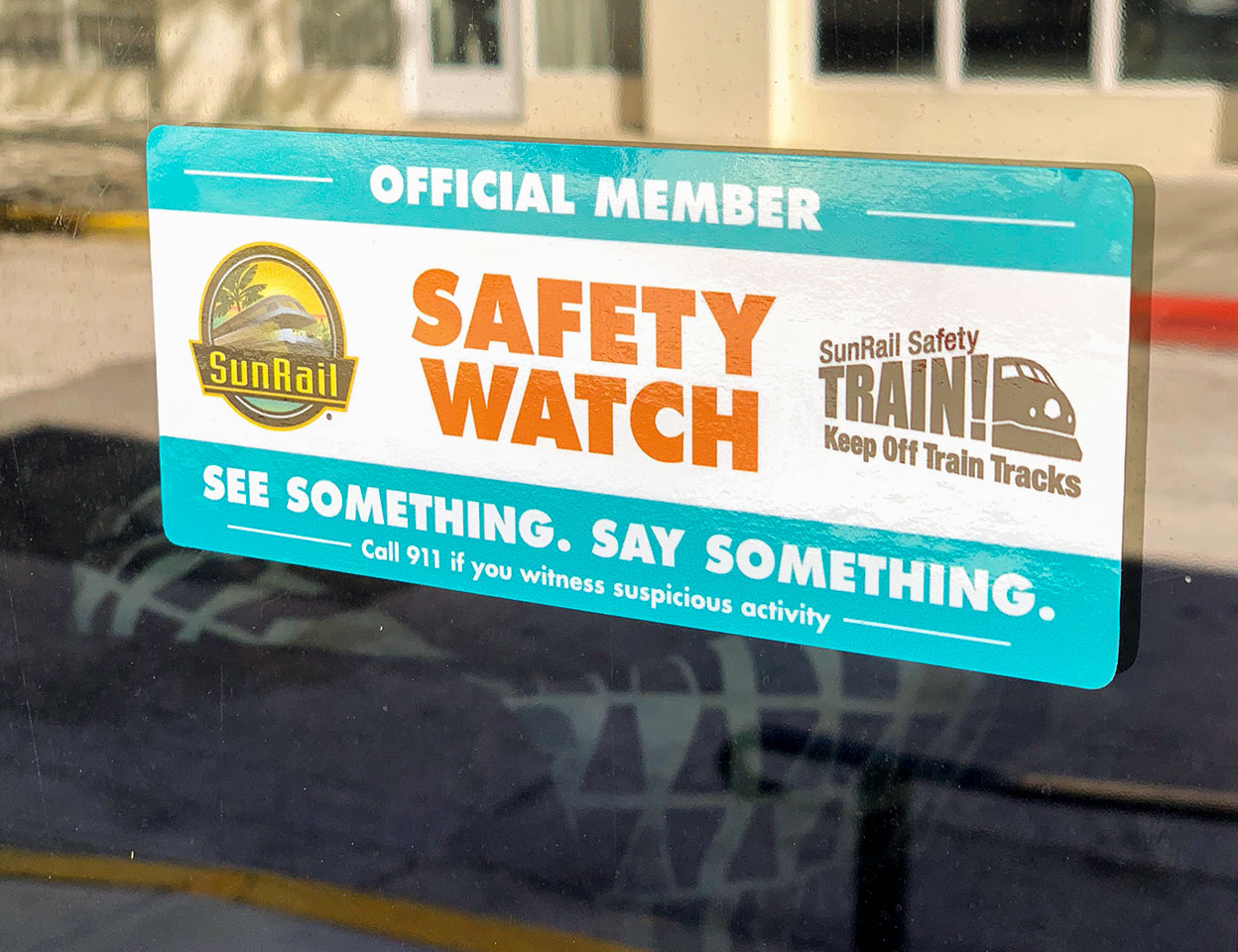
Display Your Commitment
Join the #SunRailSafetyWatch! Help keep our community safe around trains and tracks. Let others know your commitment to keeping the community safe. If you see it, share it! Direct message @RIDESUNRAIL on social media any video or photo of you or others practicing safe behavior on or near railroad tracks.
Order Your Cling
Email us to order your “Safety Watch” cling today.
Ways to Report
Report Suspicious Activity
If you see something, say something. Unusual activities such as loitering, suspicious packages or criminal acts should be reported to 911 immediately. Do not approach or attempt to resolve the situation.
Report Tresspassing
Walking on train tracks is incredibly dangerous and a criminal offense. Trains can approach from any direction at any time and train tracks are the private property of the Florida Department of Transportation.
Report Unsafe Conditions
If you see something unsafe on or near the train tracks, report it immediately. Chemical spills, debris or loose tracks, for example, should be addressed as soon as possible.
Report Graffiti/Litter
If you see graffiti or litter near tracks, call your local code enforcement office. Never walk on tracks and always keep people, vehicles and equipment at least 25 feet away as trains overhang and are wider than the tracks.
Code Enforcement Contacts
Volusia County:
1-386-736-5925
Seminole County:
1-407-665-6650
Orange County:
1-407-836-3111
City of Orlando:
1-407-246-2686
Osceola County:
1-407-742-0400
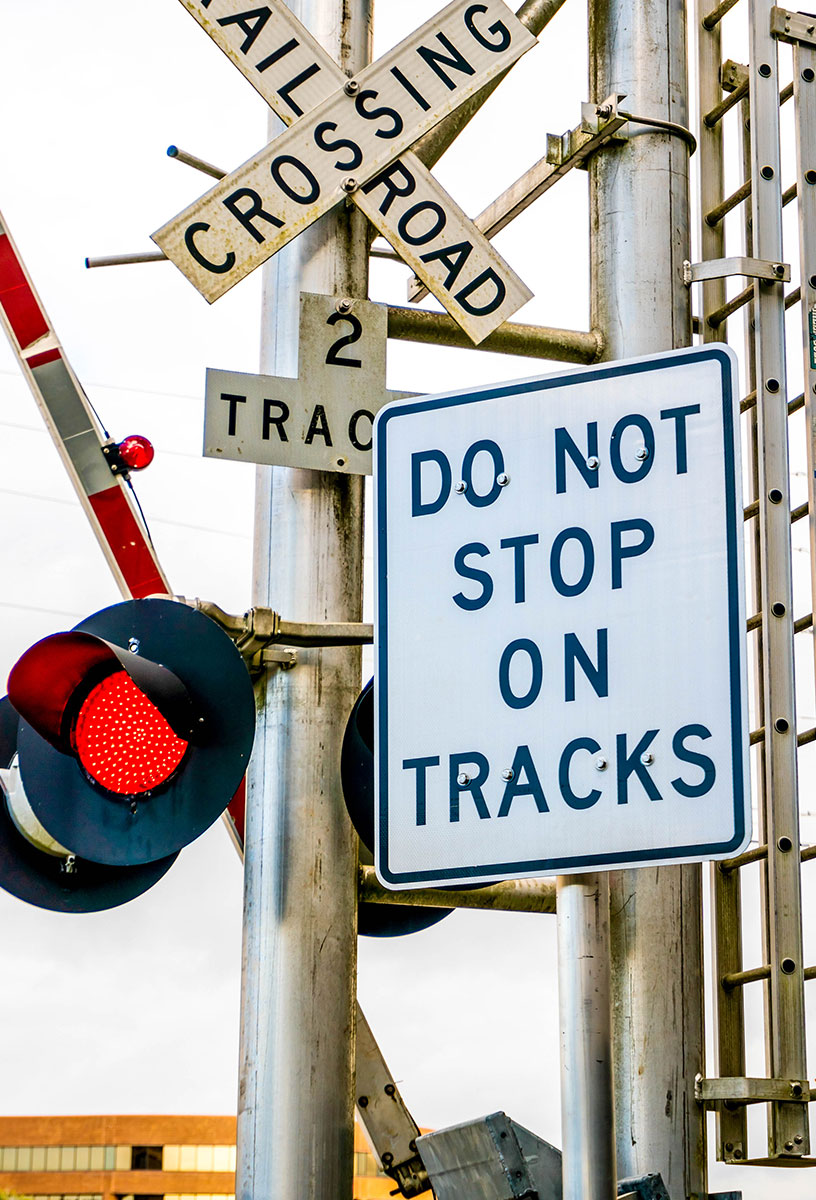
Safety Presentation
SunRail prioritizes safety and extends rail safety awareness to everyone, including specialized presentations for the visually impaired, hearing impaired, and those with learning disabilities.
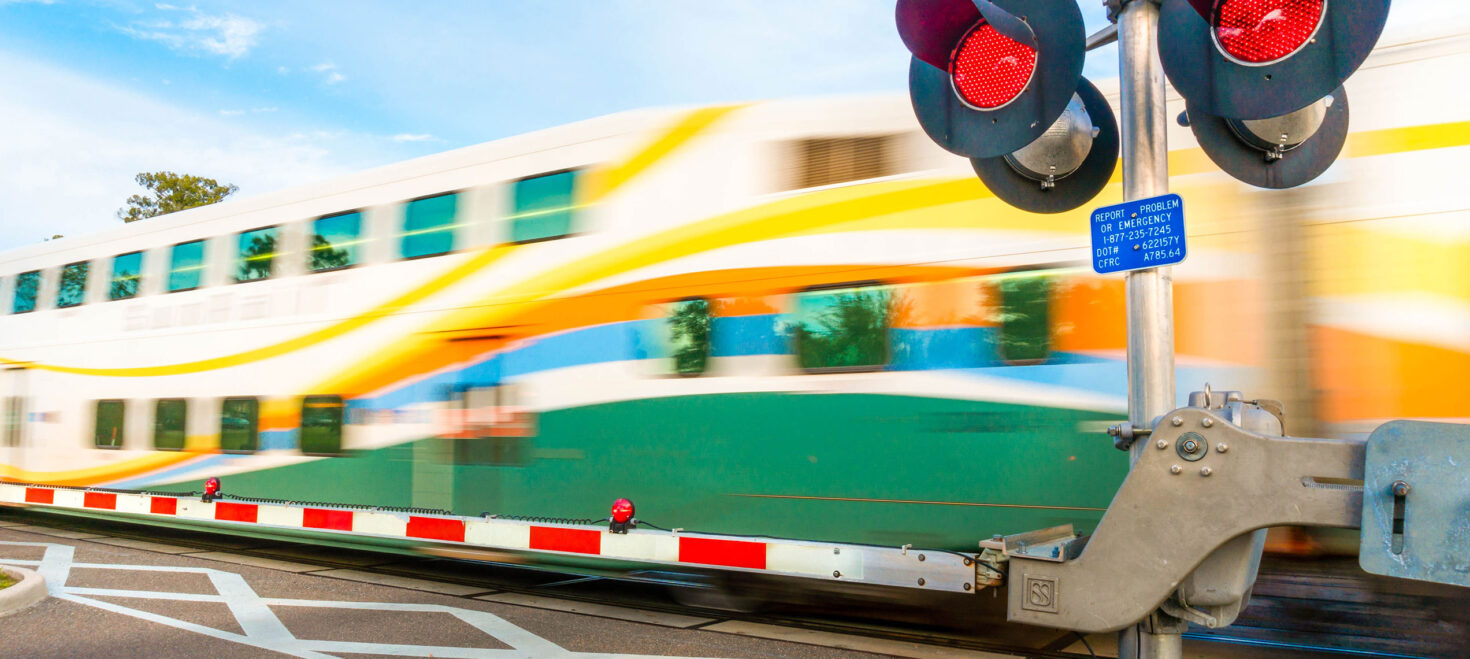
Spreading the Message of Rail Safety
At SunRail, the paramount focus is on safety, with a commitment to fostering awareness of rail safety to all. Tailored presentations, provided FREE of charge, cater to specific groups such as those with visual or hearing impairments and individuals with learning disabilities. These customized sessions emphasize the significance of rail safety for individuals of all ages and are extended to various organizations within the Central Florida community.
What’s Included*
- Safety information
- An ASL interpreter for audiences with hearing disabilities.
- Science of SunRail Trivia
- Fun Facts/Did you know?
- In-classroom safety role-playing games
- Fun giveaways.
- Giveaways in braille for audiences with visual disabilities.
- Coloring activity sheets
*Based on typical needs, however, each presentation is unique and may include/exclude various components.
